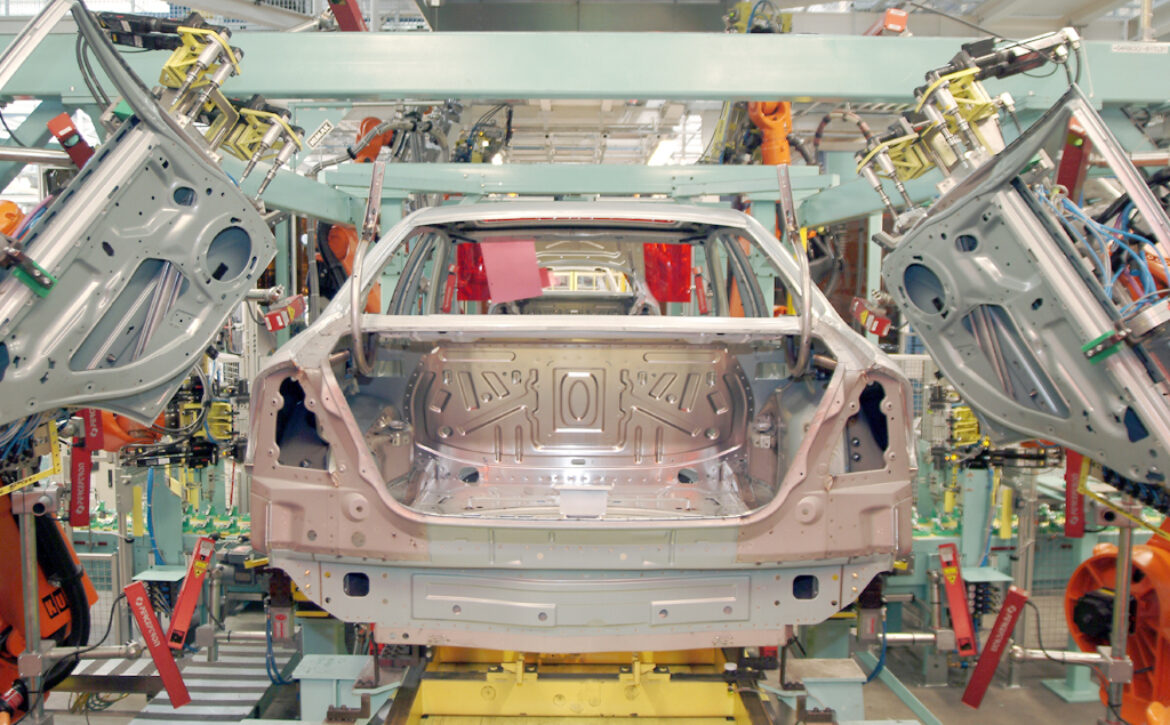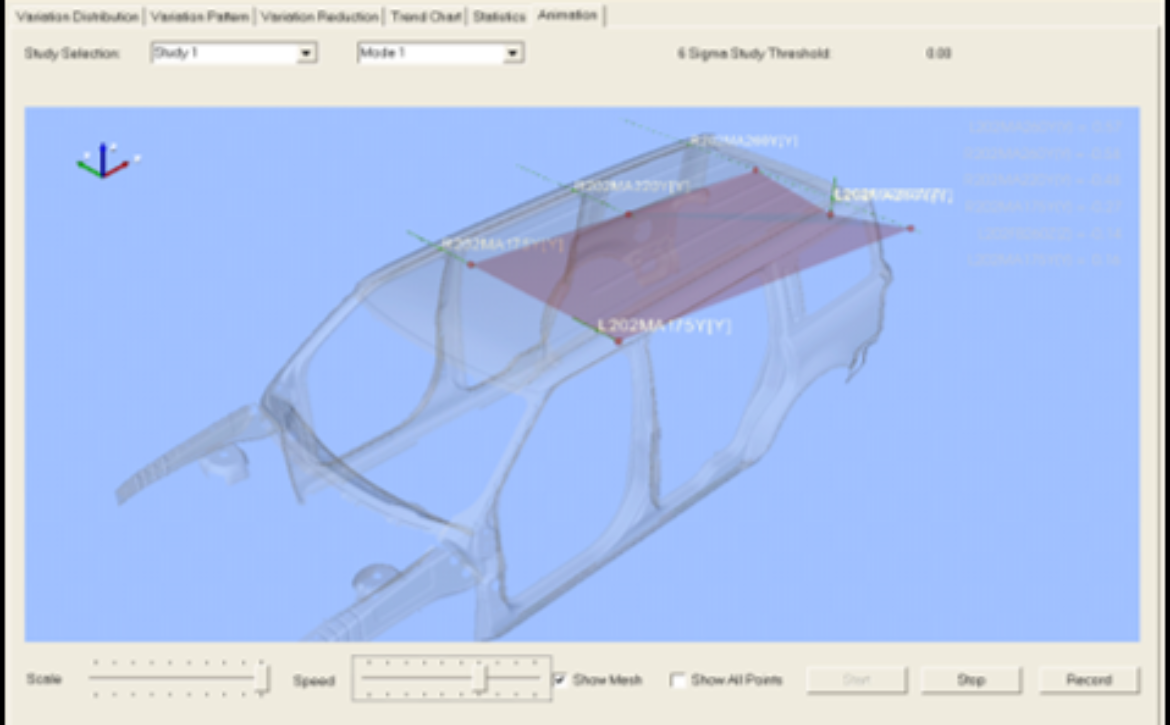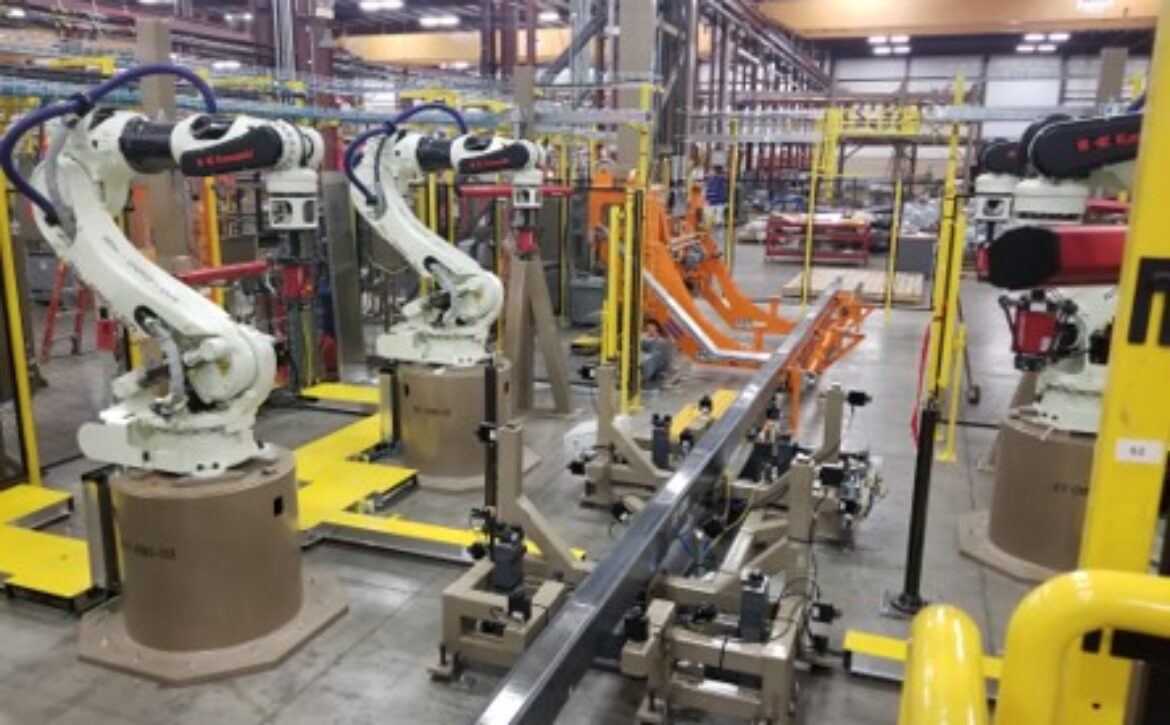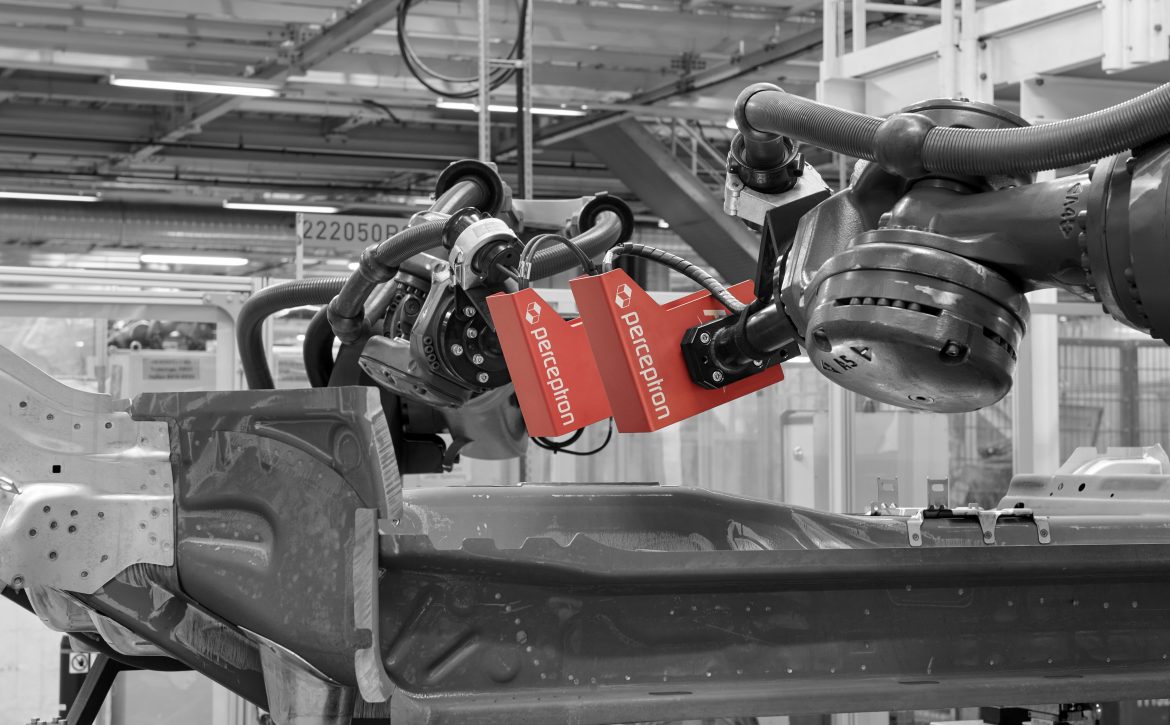All-Cash Transaction Values Perceptron at an Equity Valuation of Approximately$68.9 million
71% Premium to Equity Closing Price on September 25, 2020; 192% Premium to 2020 Low
PLYMOUTH, Mich., Sept. 28, 2020 — Perceptron, Inc. (NASDAQ: PRCP), a leading global provider of 3D automated metrology solutions and coordinate measuring machines, today announced that it has entered into a definitive agreement (or the “Agreement”) to be acquired by Atlas Copco, a world-leading provider of sustainable productivity solutions headquartered in Stockholm, Sweden, for $7.00 per share. The all-cash transaction values Perceptron at an equity valuation of approximately $68.9 million.
Under the terms of the agreement, Perceptron shareholders will receive $7.00 per share in cash for each share of common stock held. This consideration represents a premium of approximately 66% to the 30-day average closing share price of $4.22 as of September 25, 2020. The Board of Directors has unanimously approved the agreement and recommends that all shareholders vote in favor of the transaction. Harbert Discovery Fund, L.P., Perceptron’s largest shareholder with approximately 10.5% of the total shares outstanding, has signed a Voting and Support Agreement in favor of the proposed transaction. The transaction is expected to close during the calendar fourth quarter 2020, subject to customary closing conditions, including the receipt of shareholder and regulatory approvals.
“Since our inception nearly 40 years ago, Perceptron has grown to become a leading metrology brand, one recognized for its ability to provide advanced flexible automation and quality control solutions to a diverse mix of global customers,” stated Jay Freeland, Chairman and Interim CEO of Perceptron. “Atlas Copco recognized the long-term, unrealized value evident in our business, as reflected by a compelling cash offer at a significant premium.”
“After careful consideration, our Board of Directors came to the conclusion that a sale of the Company to Atlas Copco would be the optimal outcome for all shareholders and Perceptron employees,” continued Freeland. “As a respected, well-capitalized organization with global reach, Atlas Copco is an ideal fit for our company. Atlas Copco’s leadership position across a broad array of industrial markets, combined with a growing presence in the machine vision space, will allow them to fully leverage our technology to the benefit of existing and new customers, all while realizing economies of scale with the potential to support growth. We are excited by the opportunities that lay ahead for our combined organizations and recommend that Perceptron shareholders vote in favor of the Agreement and the transaction.”
Perceptron engaged XMS Capital Partners, LLC as its financial advisor, Dykema Gossett PLLC as its legal advisor and Vallum Advisors LLC as its financial communications advisor on this transaction.
ABOUT PERCEPTRON®
Perceptron (NASDAQ: PRCP) develops, produces and sells a comprehensive range of automated industrial metrology products and solutions to manufacturing organizations for dimensional gauging, dimensional inspection and 3D scanning. Products include 3D machine vision solutions, robot guidance, coordinate measuring machines, laser scanning and advanced analysis software. Global automotive, aerospace and other manufacturing companies rely on Perceptron’s metrology solutions to assist in managing their complex manufacturing processes to improve quality, shorten product launch times and reduce costs. Headquartered in Plymouth, Michigan, Perceptron has subsidiary operations in Brazil, China, Czech Republic, France, Germany, India, Italy, Japan, Slovakia, Spain and the United Kingdom. For more information, please visit www.perceptron.com.
SAFE HARBOR STATEMENT
Certain statements in this press release may be “forward-looking statements” within the meaning of the Securities Exchange Act of 1934, including our expectations regarding the possible effects of the COVID-19 pandemic on general economic conditions, public health, and global automotive industry, and the Company’s results of operations, liquidity, capital resources, and general performance in the future, the potential impact of COVID-19 on our customers generally and their plans for retooling projects in particular, our fiscal year 2021 and future results, operating data, new order bookings, revenue, expenses, net income and backlog levels, trends affecting our future revenue levels, the rate of new orders, and our ability to fund our fiscal year 2021 and future cash flow requirements. We may also make forward-looking statements in our press releases or other public or shareholder communications. Whenever possible, we have identified these forward-looking statements by words such as “target,” “will,” “should,” “could,” “believes,” “expects,” “anticipates,” “estimates,” “prospects,” “outlook,” “guidance” or similar expressions. We claim the protection of the safe harbor for forward-looking statements contained in the Private Securities Litigation Reform Act of 1995 for all of our forward-looking statements. While we believe that our forward-looking statements are reasonable, you should not place undue reliance on any such forward-looking statements, which speak only as of the date made. Because these forward-looking statements are based on estimates and assumptions that are subject to significant business, economic and competitive uncertainties, many of which are beyond our control or are subject to change, actual results could be materially different. Factors that might cause such a difference include, without limitation, the risks and uncertainties discussed from time to time in our periodic reports filed with the Securities and Exchange Commission (the “SEC”), including those listed in “Item 1A. Risk Factors” of our Annual Report on Form 10-K for our fiscal 2020. Except as required by applicable law, we do not undertake, and expressly disclaim, any obligation to publicly update or alter our statements whether as a result of new information, events or circumstances occurring after the date of this report or otherwise. The proposed merger is subject to certain conditions precedent, including regulatory approvals and approval of the Company’s shareholders. The Company cannot provide any assurance that the proposed merger will be completed, nor can it give assurances as to the terms on which such proposed merger will be consummated.
ADDITIONAL INFORMATION AND WHERE TO FIND IT
This communication does not constitute an offer to buy or sell or the solicitation of an offer to buy or sell any securities or a solicitation of any vote or approval. In connection with the proposed merger, the Company plans to file relevant materials with the SEC, including a proxy statement on Schedule 14A. Promptly after filing the definitive proxy statement with the SEC, the Company will mail the definitive proxy statement to each shareholder entitled to vote at the annual or special meeting relating to the proposed merger. This communication is not a substitute for the proxy statement or any other document filed or to be filed by the Company with the SEC in connection with the proposed merger. INVESTORS AND SHAREHOLDERS ARE URGED TO CAREFULLY READ THE PROXY STATEMENT (INCLUDING ANY AMENDMENTS OR SUPPLEMENTS THERETO AND ANY DOCUMENTS INCORPORATED BY REFERENCE THEREIN) AND ANY OTHER RELEVANT DOCUMENTS IN CONNECTION WITH THE PROPOSED MERGER THAT THE COMPANY WILL FILE WITH THE SEC WHEN THEY BECOME AVAILABLE BECAUSE THEY WILL CONTAIN IMPORTANT INFORMATION ABOUT THE PROPOSED MERGER AND THE PARTIES TO THE PROPOSED MERGER. The definitive proxy statement and other documents relating to the proposed merger (when they are available) can be obtained free of charge from the SEC’s website at www.sec.gov.
PARTICIPANTS IN SOLICITATION
The Company and certain of its directors and executive officers and certain other members of management and employees may be deemed to be participants in the solicitation of proxies from shareholders of the Company in connection with the proposed merger under the rules of the SEC. Information regarding the persons who may, under the rules of the SEC, be deemed participants in such solicitation in connection with the proposed merger will be set forth in the proxy statement if and when it is filed with the SEC. Information about the directors and executive officers of the Company may be found in the Company’s definitive proxy statement for its 2019 annual meeting of shareholders, which was filed with the SEC on September 27, 2019. These documents can be obtained free of charge from the source indicated above. To the extent holdings of such participants in the Company’s securities are not reported, or have changed since the amounts described in the proxy statement for the 2019 annual meeting of shareholders, such changes have been reflected on Initial Statements of Beneficial Ownership on Form 3 or Statements of Change in Ownership on Form 4 filed with the SEC. These documents may be obtained free of charge from the SEC’s website at www.sec.gov or the Company’s website at www.perceptron.com. Additional information regarding the participants in the proxy solicitation and a description of their direct and indirect interests, by security holdings or otherwise, will be contained in the proxy statement and other relevant materials to be filed with the SEC when they become available.
Contact:
Investor Relations
investors@perceptron.com






